When you take actions to improve employee retention, even a small 1% increase can have a significant impact on your annual training budget and return on investment (ROI), strengthening talent management.
This is true for both large corporations and small businesses. In large organizations, onboarding a new employee involves weeks of initial training on processes, internal security, and company history. In small businesses, however, every new hire is carefully considered. In both cases, any time lost in repeating this process has a significant impact on production.
How to calculate training ROI?
Return on investment (ROI) in training is calculated by comparing the benefits received with the costs invested in the process. First, identify all the costs associated with training, such as materials, instructors, and labor time. Then measure the benefits, such as productivity gains or reduced turnover. Finally, apply the formula:

Example of ROI calculation in the software industry
With a staff of 50 employees, a 15% annual turnover rate (the industry average in software), and an average U.S. salary of $110,000 per year, the total turnover cost for this company is $173,250. By reducing the turnover rate by 1%, the company would save $11,550. A reduction of 5% would lead to a savings of $57,750. So, isn’t it worth investing in this?
Suscribe to our newsletter!
3 ways to enhance employee retention
- Company culture
Initiating efforts from within the company culture is crucial. In the knowledge industry, the work environment, the overarching culture, and the community formed around a company are vital retention tools. Feeling part of a community and a mission not only aids in retaining employees but also encourages more purposeful and sustainable work. Anyone who joins will be immersed in this culture and help perpetuate it.

- Gamification
The gamification systems are akin to superpowers brought by new technologies. Games and rewards for participation motivate employees to remain attentive and focused. A notable example is Duolingo, which has successfully taught millions of people new languages through gamification. Another example is Proode Copa America, where sports predictions and competitions foster discussions and connections among employees. Even Instagram demonstrates this with its badge system for daily content uploads, illustrating how gamification can keep employees actively engaged.
Read more → How to improve the customer experience through UX/UI design
- Career plans
A clearly defined career path within an organization is one of the best ways to motivate employees. Unlike extrinsic motivation (external pressures to take action), career plans offer intrinsic motivation: the employees’ innate desire to improve and advance, facilitated by a well-marked path. This is particularly beneficial for young professionals eager to advance in the knowledge industry, who often face the challenge of not knowing which direction to pursue. Providing a tested pathway for their development within the same organization enables them to envision a long-term future there.
How to use this knowledge

You can implement any of these measures within your organization, hire consultants or external software providers who specialize in these areas, or consider them when evaluating your next vendor.
Read more → 7 key points to ensure software security
Conclusion
Employee retention is not merely an effort to keep staff happy; it’s a smart investment that can yield significant long-term savings and benefits. Implementing a robust company culture, leveraging gamification, and providing clear career paths are effective strategies for achieving this. Don’t miss the opportunity to enhance retention at your company and witness the benefits it can bring.
At Crombie, we have a department wholly dedicated to employee well-being, which ensures our employees stay with us long term, achieving the lowest turnover rates in the market in Argentina.

At Crombie, we drive business growth through technology
We create solutions that solve real challenges, improve processes, optimize resources, and deliver tangible impact on operations.













Leave a Comment